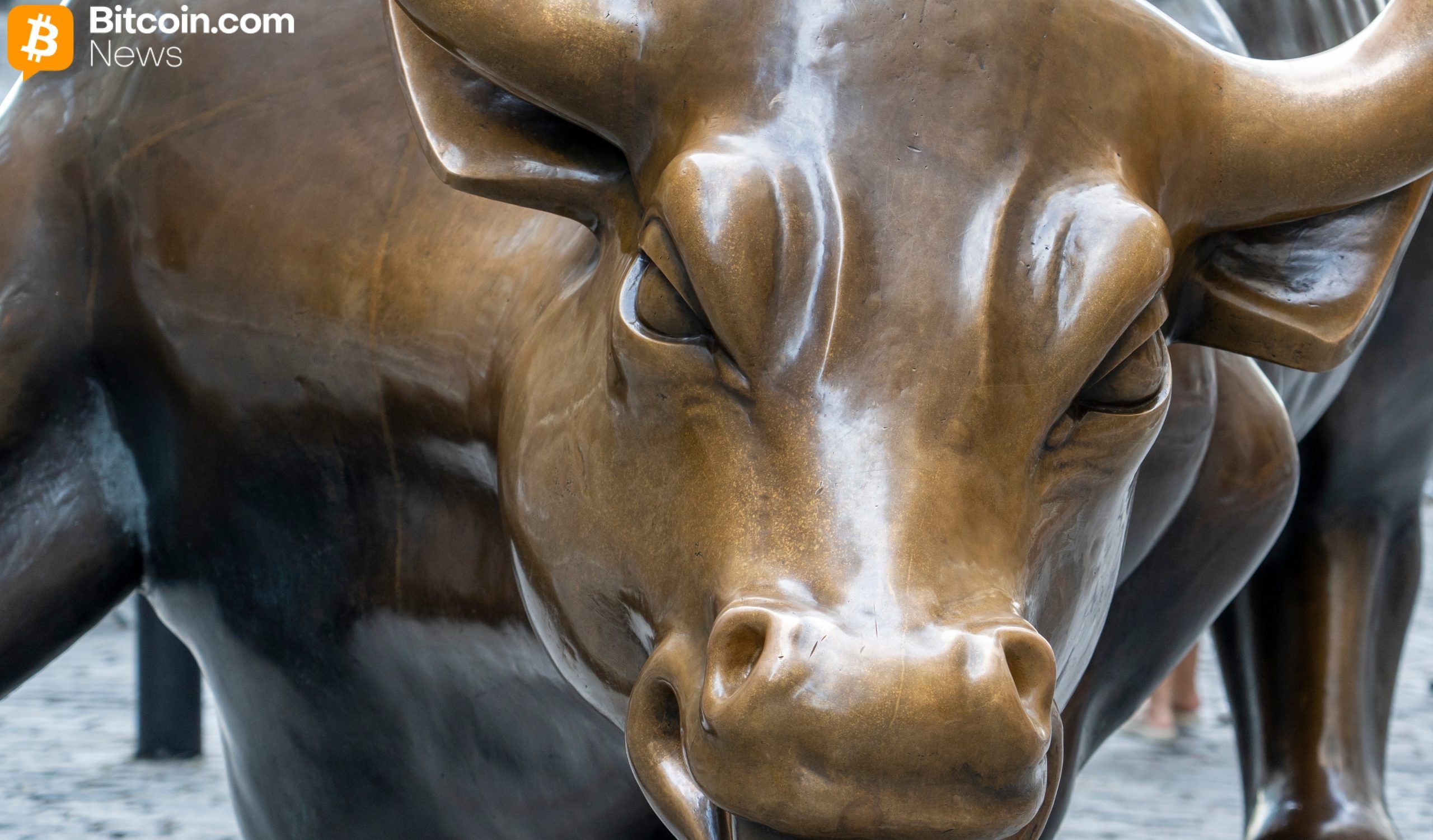The Difference Between a Blockchain and a DAG (Directed Acyclic Graph) AllinCrypto April 9, 2025
Just as blockchain exists for digital currency, so too does Directed Acyclic Graph (DAG), allowing users to record, verify and share data in a decentralized fashion with no central authority required.
Although they are both designed to facilitate secure peer-to-peer transactions, they differ in ways that store data, come to consensus and how they scale. In this guide, we’ll explore the differences between Blockchain and DAG, how they work, and where they are most useful.
What Is Blockchain?
Blockchain is the most well-known form of distributed ledger technology used by Bitcoin, Ethereum, and many other cryptocurrencies.
The Architecture of a Blockchain
Blockchain is a chain of blocks, where each block contains a group of transactions. These blocks are linked together in a linear, chronological sequence. Each new block connects to the previous one using cryptographic hashes, making the data tamper-proof and secure.

Consensus Mechanisms
Blockchains also implement consensus mechanisms to determine which transactions are confirmed, such as:
- Proof of Stake (PoS): Validators deploy coins for a chance to validate transactions (found in Ethereum 2.0 and Cardano).
- Proof of Work (PoW): Miners derive complex math equations to validate transactions (used by Bitcoin).
- Delegated Proof of Stake (DPoS): Users elect trusted validators (used by EOS, TRON). These approaches strengthen the network but generally entail high energy and long confirmation times.

Scalability
Since rewards can only be distributed per number of blocks at any given time, blockchains may face issues of network congestion, slower speeds, and high transaction fees when in use at their max capacity.
What are the use Cases of a Blockchain?
- Industries where data integrity, transparency, and security are paramount, making Among the suitable uses of Blockchain technology:
- Finance (e.g., DeFi platforms)
- Healthcare (patient records)
- Supply chain (product tracking)
- Real estate (smart contracts)
What Is a DAG?
Another type of distributed ledger is a Directed Acyclic Graph (DAG) but it doesn’t use blocks or chains. Instead, it establishes a graph-like structure, where every new transaction refers to either one or several earlier transactions. This enables more transactions to take place concurrently — which makes DAG systems especially scalable.

Architecture
A DAG is non-linear in its structure. Every transaction is a node that validates previous transactions. There are no “blocks” or “miners”; the network expands dynamically as users broadcast transactions.
A few popular DAG-based projects are:
- IOTA (utilizes the “Tangle”)
- Hedera Hashgraph
- Nano
- Fantom
Consensus Mechanism
Generally, DAG networks utilize lightweight consensus models. Rather than miners, each new transaction helps verify previous ones—forming a self-regulating system. For example:
- Tangle (IOTA): Every transaction confirms two previous transactions.
- Hashgraph: Employs virtual voting and gossip protocols for its consensus.
These systems are quicker, more scalable, and less energy-intensive than the general submission of a blockchain.
Scalability
DAGs shine in high throughput. Suitable for environments such as:
- Micropayments
- IoT
- Machine-to-machine
- High-frequency trading
As there is no queuing of transactions as in blockchain, this allows parallel processing, thus enabling low fees and near-instant confirmations.
Use Cases
DAG technology is best for:
- Fast, cheap transactions
- High throughput environments
- Lightweight devices (IoT sensors)
- Where speed is more important than guarantees of immutability
Blockchain vs DAG: Key Differences
| Feature | Blockchain | DAG |
|---|---|---|
| Structure | Linear chain of blocks | Graph-based transactions |
| Consensus | PoW, PoS, DPoS | Tangle, Hashgraph |
| Speed & Scalability | Slower, limited by block size | Fast, supports parallel transactions |
| Energy Usage | Often high (PoW) | Low |
| Security Maturity | Battle-tested and widely adopted | Still emerging, needs wider adoption |
| Best Use Cases | Security-focused systems | Microtransactions, IoT, speed-focused |
What Are the Challenges for These Decentralized Technologies?
For Blockchain:
- Scalability solutions – sharding and Layer 2 (ex: Lightning Network)
- Energy efficiency via PoS is a hot project area
- Focus is growing on cross-chain interoperability
- Privacy tools like zk-SNARKs
For DAG:
- Security validation and audit standards are still evolving.
- Standardization is needed across projects.
- Wider Adoption is required to reach enterprise scale.
- Tokenomics and incentive models are still developing.
Blockchain Vs. DAG: Which One Is Better?
The answer depends on what you want to achieve.
When security, immutability, or trust is a proven need of your application, particularly in high-value environments like finance, legal records, or enterprise systems, blockchain offers a “safer” bet. Its security model has been proven over time, and its community is mature and well-trodden.
On the contrary, if your project requires high scalability, low fees, and fast transactions—such as for microtransactions, IoT applications, or real-time data you could benefit more from DAG-based systems. This is quite an efficient setup for environments that focus more on speed, thanks to their parallel processing and lightweight consensus.
In the end, there is no perfect solution. As both of these technologies continue to progress, there is also the possibility of hybrid solutions that merge the security of blockchain with the performance offered by DAG. The trick is simple: use the right tool for the task
The post The Difference Between a Blockchain and a DAG (Directed Acyclic Graph) first appeared on AllinCrypto.







